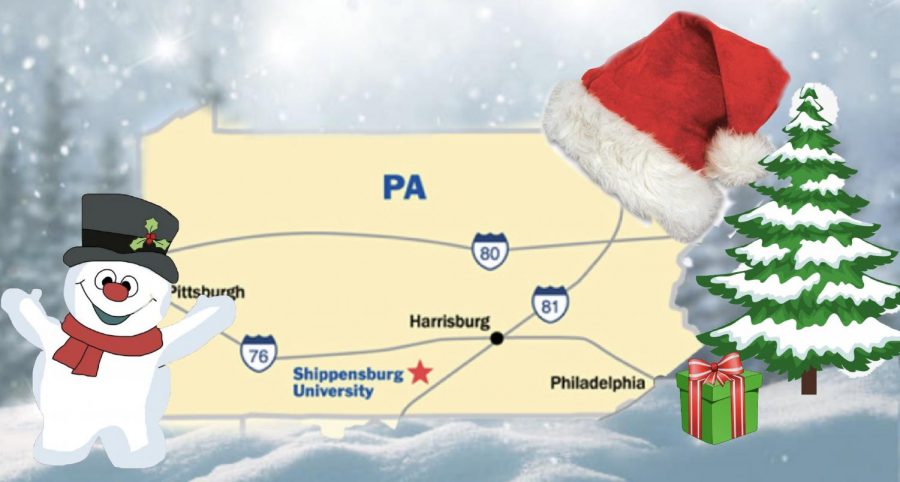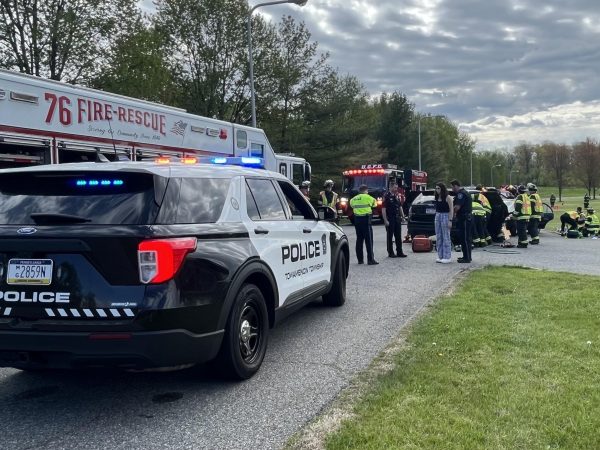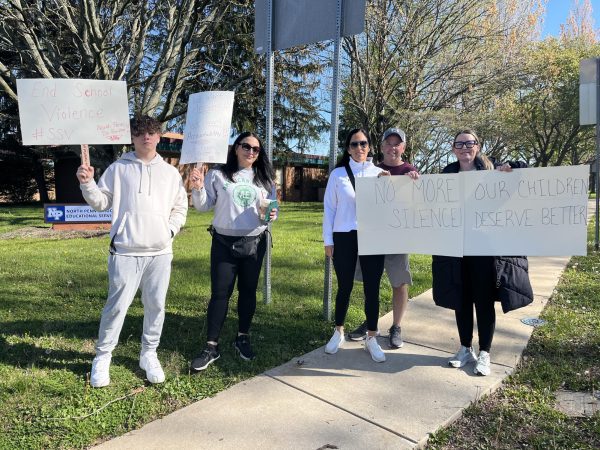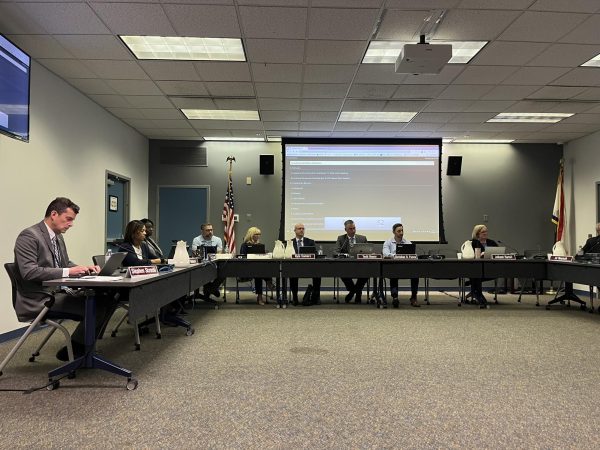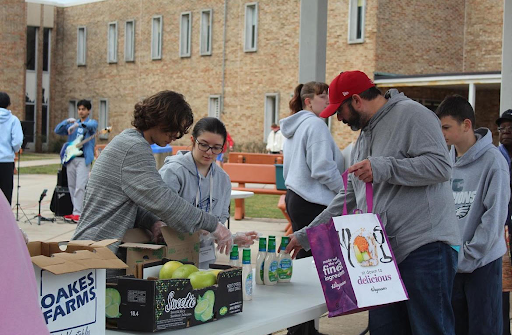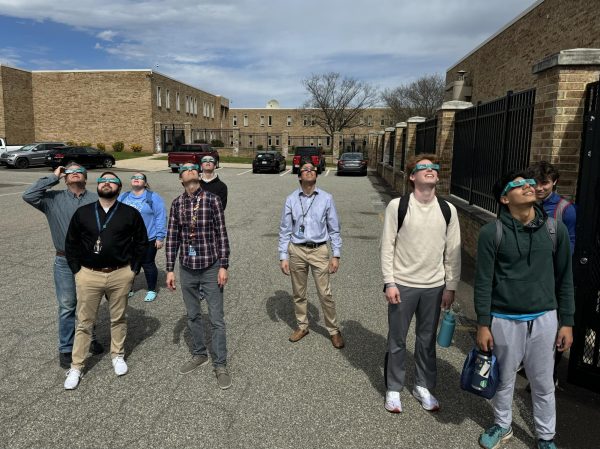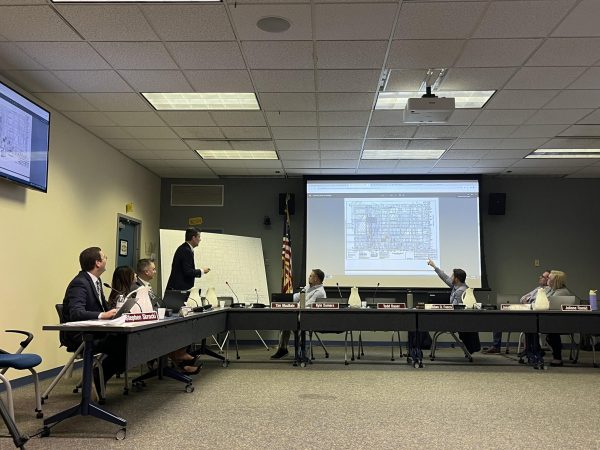What does this year’s winter have in store for us?
This year has been full of surprises and events that are out of the norm– winter will be no exception.
The fall and winter seasons in Montgomery County are unpredictable. Sometimes, Mother Nature decides to bring us extreme rainstorms, fast wind speeds, or 2-feet of snow. So, what do forecasts predict for this 2020 winter season?
Last winter, there was little to no snow, but most of the time, it was more frigid than anything. Based on the events that have happened this year, we can only hope that this winter brings snow so that we will truly get to experience a white Christmas. But, predictions say otherwise.
Based on the Old Farmer’s Almanac, winter in Pennsylvania for 2020 claims that the temperatures will be warmer than normal, with precipitation above normal in the north and below normal in the southern part of the county. The coldest periods will be in mid-and late December and throughout January. Snowfall will be below normal, with the snowiest period in early March.
From January 22 to 24 in 2016, the winter storm, Jonas hit, which brought 30.2 inches of snow—nearly 3 feet. All public and Catholic schools closed due to this bizarre amount of snow. Cars were not allowed to be parked on snow emergency routes and officials said that cars that were left on snow emergency routes were likely towed. People were requested to not park too close to corners as snow plowing and salting equipment required extra room to turn safely. Even trash and recycling collections were canceled due to sanitation trucks being used for plowing. Roads were rendered impassable and mass transit was shut down, including all flights being canceled at the Philadelphia International Airport. On top of all of that, there were thousands of power outages. Hundreds of tour busses and cars got stranded on the Pennsylvania Turnpike. The snow was falling more than an inch an hour. At least 30 people, including three in Pennsylvania, died during the storm which slammed the east coast. The wind was also a major component of this storm, defining winds of 35+ mph, snow, and visibility of a ¼ mile. We were all in a state of emergency. We were warned about the severity of the snow and flooding for days before the first flakes fell, yet we were still unprepared. We had terrible effects from this snowstorm, and if another once comes, we need to be extremely prepared to avoid any of this happening again, especially the deaths.
Although the predictions did not call for a severe winter, knowing Pennsylvania, we have no idea what to expect. Montco also spoke out about winter conditions and has made a “Code Blue Plan,” which is an emergency plan that is in place during life-threatening weather, defined as a wind-chill factor of 20 degrees Fahrenheit or below. Multiple county agencies and private health/social organizations will offer expanded services for those without adequate shelter, including the chronically homeless and homeless families with children. The goal of this plan is to provide temporary shelter, food, and clothing for those in need.
What to do in “Code Blue” Conditions? Check on your elderly friends and neighbors frequently to ensure that their homes are adequately heated. If you see someone in need of immediate assistance, call or text 9-1-1. If you or someone you know needs help with temporary shelter from the cold weather or a long-term housing issue, call Your Way Home the “Cold Blue” hotline, at 2-1-1 or text 898-211.
Some personal tips to get you through this bizarre weather are making sure to get your car winterized with antifreeze, a full tank of gas, properly inflated tires, and are stocked with an emergency kit. Check your smoke detectors and carbon monoxide detectors. Wear appropriate clothing and avoid prolonged exposure when going outdoors in winter weather. Limit pets’ time outdoors during extreme temperatures. Report power outages directly to your utility company. Do not call 9-1-1 for this issue. Always be stocked with canned goods as well.
If a surprise snowstorm hits, Montgomery County has some seasonal weather safety information prepared. Snowstorms create a higher risk of car accidents, hypothermia, frostbite, carbon monoxide poisoning, and heart attacks from overexertion. Winter storms and blizzards can bring extreme cold, freezing rain, snow, ice, and high winds. These winter storms can last a few hours or days, knock out heat, power, and communication services. They can also place older adults, young children, and sick individuals at a greater risk. Make sure to stay off roads, stay indoors, dress warmly, prepare for power outages, use generators outside only and away from windows, listen for emergency information and alerts, look for signs of hypothermia and frostbite, and once again, check on your neighbors and loved ones. Prepare ahead of time. Know Montgomery County’s risk for winter storms. Prepare your home to keep out the cold with insulation, caulking, and weather stripping. Learn how to keep pipes from freezing. Install and test smoke alarms and carbon monoxide detectors with battery backups. Pay attention to weather reports and warnings of freezing weather and winter storms. Try signing up for Montgomery County’s community warning system. The EAS and NOAA also provide emergency alerts. Gather supplies in case you need to stay home for several days without power. Keep in mind each person’s specific needs, including medication. Do not forget the needs of pets. Create an emergency supply kit for your car. Include jumper cables, sand, a flashlight, warm clothes, blankets, bottled water, and non-perishable snacks. Keep the gas tank full. Learn the signs of, and basic treatments for, frostbite and hypothermia.
Frostbite causes loss of feeling and color around the face, fingers, and toes. The signs include numbness, white or grayish-yellow skin, firm, or waxy skin. One precaution you could take for this includes going to a warm room. Or you could soak in warm water, use body heat to warm. Hypothermia is an unusually low body temperature. A temperature below 95 degrees is an emergency. The signs include shivering, exhaustion, confusion, fumbling hands, memory loss, slurred speech, or drowsiness. Some actions to take include going to a warm room, warming the center of your body first (chest, neck, head, and groin), and keeping dry and wrapped up in warm blankets, including the head and neck.
A common question that is being circulated is can the Coronavirus disease survive in cold weather?
Cold weather and snow cannot kill this virus. The normal human body temperature remains around 36.5 degrees Celsius to 37 degrees Celsius, regardless of the external temperature or weather. Due to this theory, make sure to continue following COVID-19 safety precautions and guidelines.


